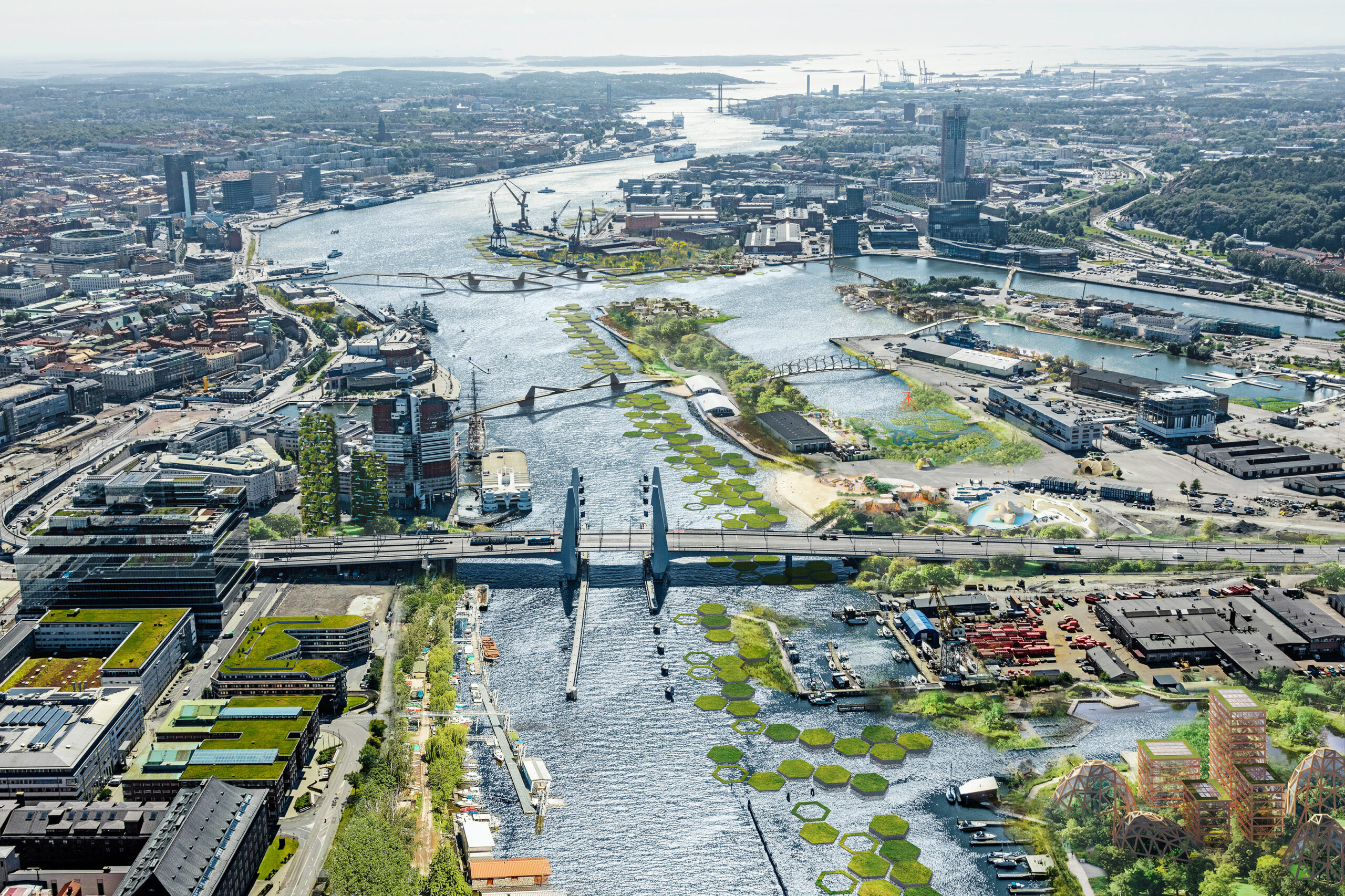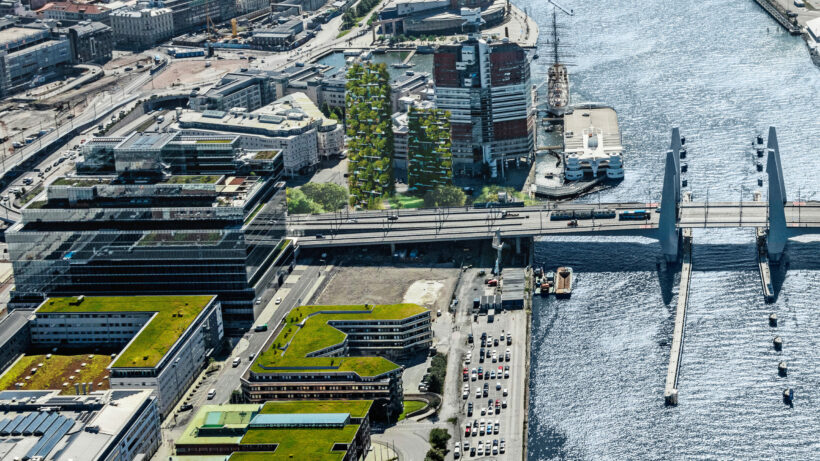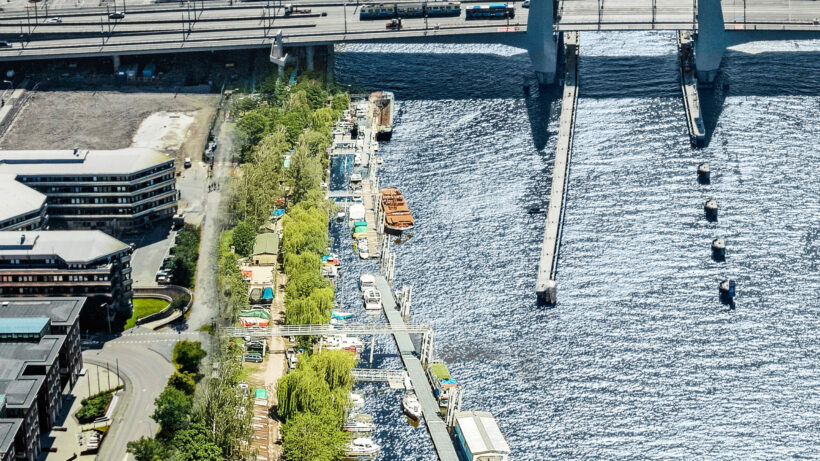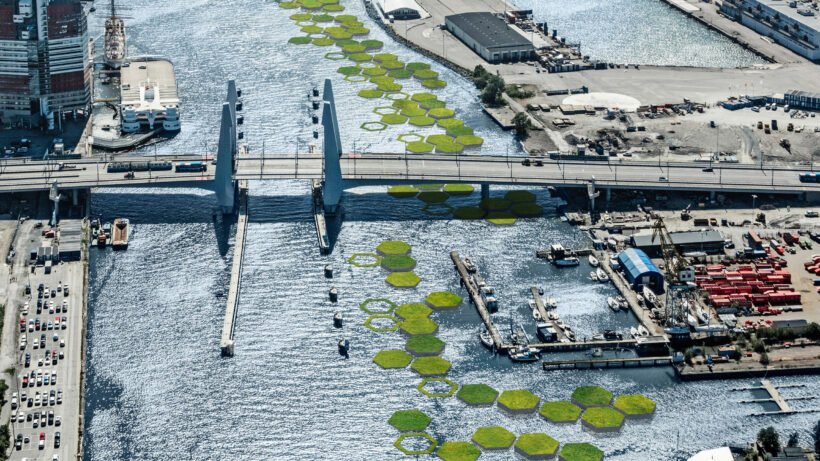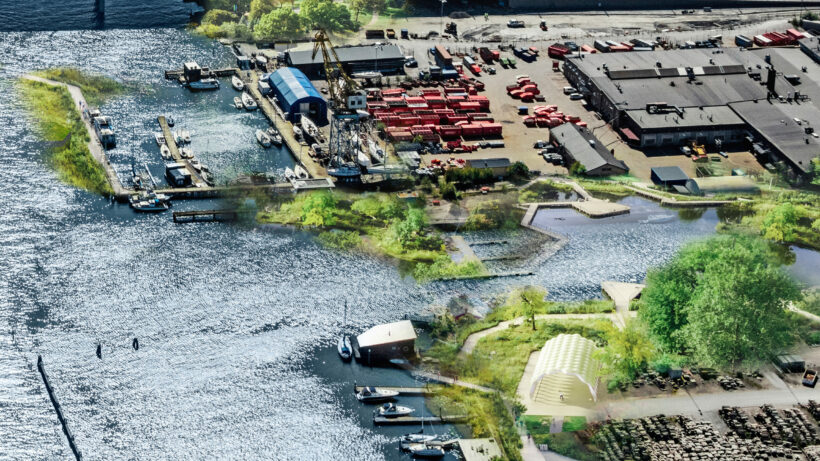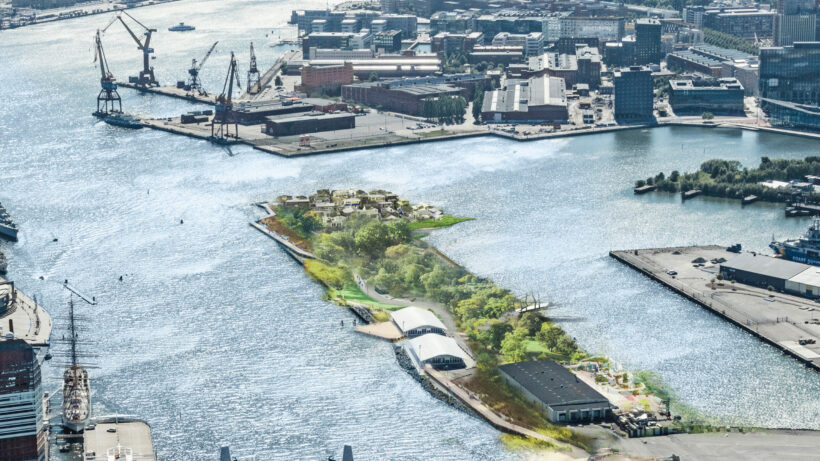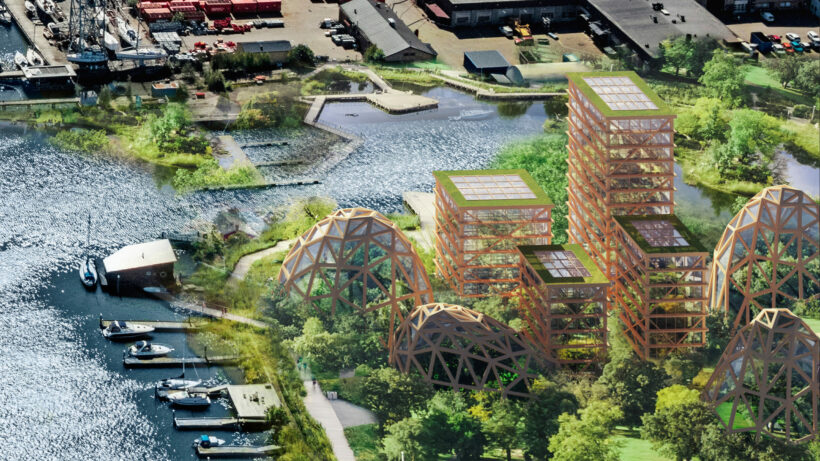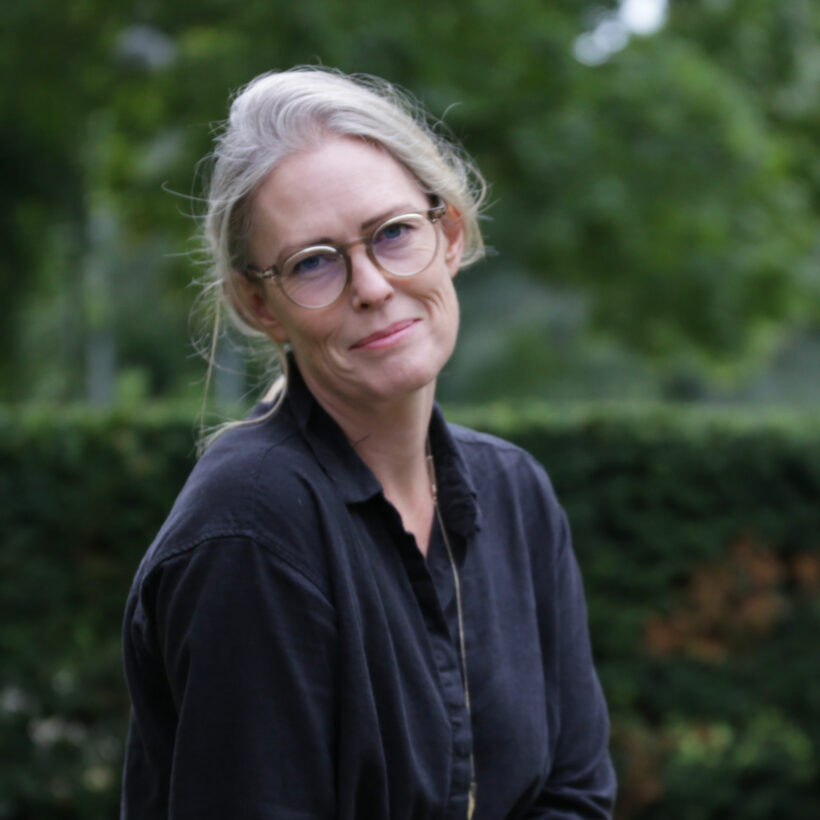Regenerative design employs whole-system thinking to create resilient and equitable systems that harmonise the needs of society with the integrity of nature. Through regenerative design, we ensure that the built environment has a positive impact on natural systems.
First and foremost, it involves understanding the unique patterns of a place.
Secondly, it focuses on designing for coexistence, which includes establishing self-sustaining local food production, closing energy loops through the creation of net-positive districts, fostering community spirit, strengthening the sense of place, all while respecting planetary boundaries.
Regenerative design aims to ensure that the built environment has a net-positive impact on natural systems. To progress toward regenerative design and systems for our planet, we must understand how to design for all species. The stormwater pond at Exercisfältet in Uppsala is one example where the design enhances natural conditions by contributing to biodiversity, protecting the city from flooding and polluted water, all while providing a welcoming space for people to visit, spend time, and socialise.
– Louise Didriksson, Director of Landscape Development at White Arkitekter
